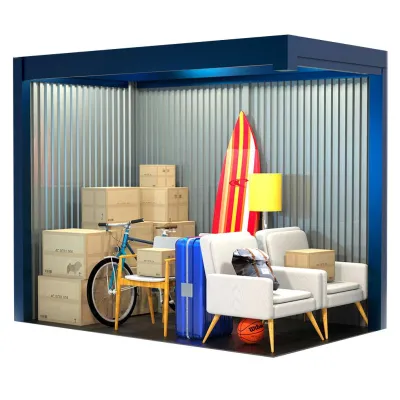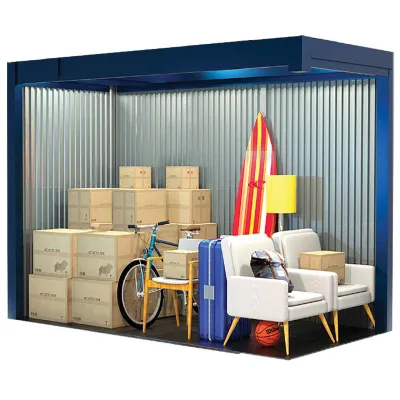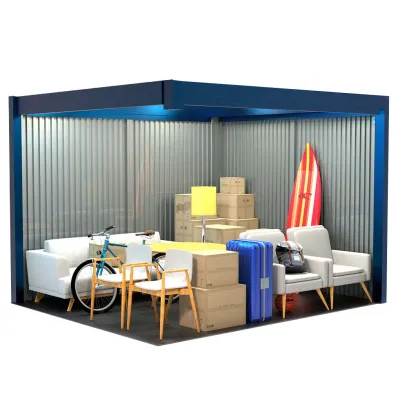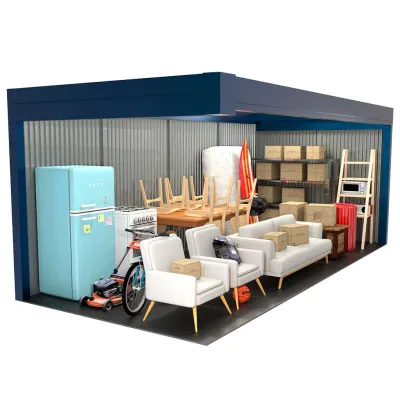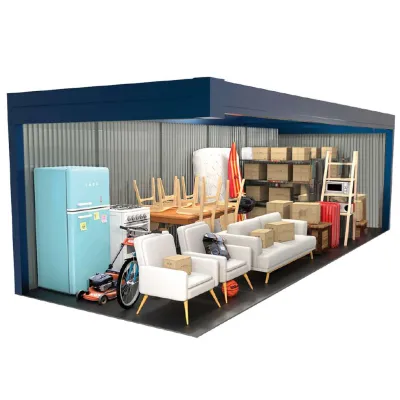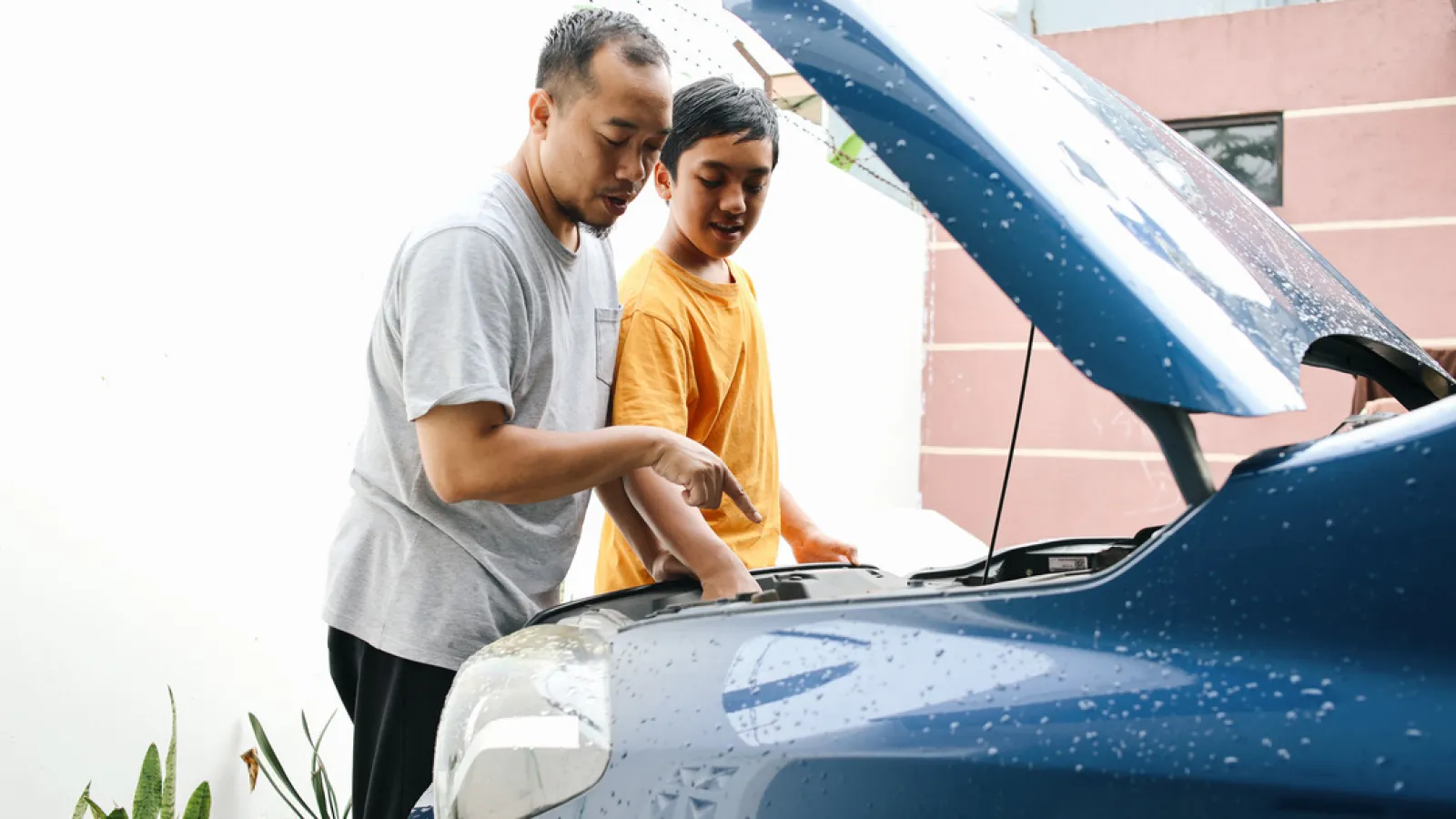
Post-Storage Car Maintenance Tips for a Healthy Vehicle
Before you hit the open road, there are some crucial post-storage car maintenance steps to ensure your vehicle is in top-notch condition. This guide will walk you through key tips to keep your ride healthy and road-ready after car storage. From battery care to brake checks, we've got you covered.
Battery Care
Battery care is the first and most critical step in post-storage car maintenance. After sitting idle for a while, your car's battery may have lost its charge. Start by inspecting the battery terminals for corrosion. Clean them using a mixture of baking soda and water if necessary.
Use a multimeter to check the battery voltage. A healthy battery should read around 12.6 volts when the car is off. If the reading is lower, consider recharging the battery or replacing it if it's old or weak. Taking these steps can save you from unexpected breakdowns.
If your car won't start even after charging the battery, it might be time to look into other electrical components or consult a professional mechanic. Ensuring your battery is in good condition sets the stage for successful post-storage car maintenance.
Fluid Levels
Checking fluid levels is another essential aspect of post-storage car maintenance. Start by inspecting the engine oil. If it looks dark or dirty, change it. Fresh oil keeps the engine running smoothly and prevents wear and tear.
Next, check the coolant levels. Coolant is vital for regulating your engine's temperature. Low levels can lead to overheating. Additionally, inspect the brake fluid, power steering fluid, and transmission fluid. Topping them off ensures all systems run efficiently.
Finally, don't forget the windshield washer fluid. It might seem minor, but clean windshields are crucial for safe driving. By keeping fluid levels in check, you ensure your car runs smoothly post-storage.
Tire Inspection
Tires can lose air pressure over time, especially during storage. Start by checking each tire's air pressure using a reliable gauge. Inflate them to the manufacturer's recommended levels, usually found in the owner's manual or on the driver's door jamb.
Inspect the tires for any signs of wear, cracks, or bulges. These can compromise the tire's integrity and safety on the road. Rotating the tires can also be beneficial, as it ensures an even wear and extends their lifespan.
Don't forget to check the spare tire as well—ensuring all your tires are in good condition is a crucial step in post-storage car maintenance that shouldn't be overlooked.
Check Brakes
Brakes are vital for your safety, so they require careful inspection. Start by checking the brake pads and discs for any signs of wear or damage. If the pads are thin or the discs have grooves, consider replacing them.
Next, test the brake fluid. Low or dirty brake fluid can affect braking performance. Top it off if necessary and look for any brake fluid leaks around the wheels or under the car.
Take your car for a short drive to test the brakes. Listen for unusual sounds like squeaking or grinding. If the brakes feel spongy or the car pulls to one side, it's best to consult a mechanic. Ensuring your brakes are in good condition is a non-negotiable part of post-storage car maintenance.
Test Drive
Before fully committing to the open road, a test drive is essential. Start by driving slowly around your neighborhood. Pay attention to how the car feels and sounds:
Listen for any unusual noises from the engine, transmission, or suspension.
Test the steering by making a few turns. The steering should be smooth and responsive. If it feels loose or makes strange noises, further inspection might be needed.
Monitor the dashboard for any warning lights. These indicators can give you valuable insights into potential issues.
A thorough test drive helps identify any hidden problems and ensures your post-storage car maintenance efforts have been successful.
General Cleaning
After mechanical checks, a thorough cleaning is in order.
Start with the exterior: Wash off any dust or grime that accumulated during storage. Pay special attention to areas like the undercarriage where dirt might build up.
Move on to the interior: Vacuum the seats, floors, and mats. Wipe down surfaces with a suitable cleaner to remove dust and prevent mold growth. Check for any signs of pests that might have taken shelter inside your car.
Don't forget the windows: Clean windows—inside and out—improve visibility and add to the overall driving experience. General cleaning not only makes your car look good but also contributes to its longevity, wrapping up your post-storage car maintenance routine.
Indoor and Outdoor Storage for Your Car With Midgard
With 24-hour video monitoring and climate-controlled units, Midgard Self Storage offers comprehensive storage options for your car. Whether you need short-term or long-term storage, we have various unit sizes to accommodate your needs. Find a unit near you today and keep your vehicle in top shape!


